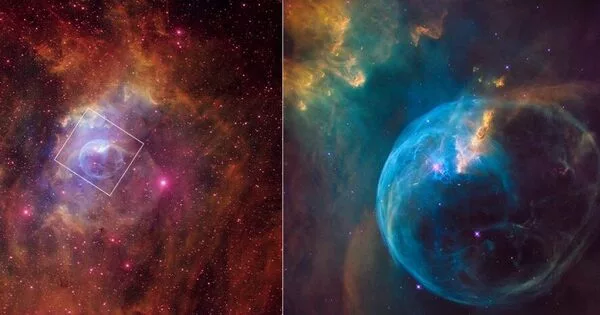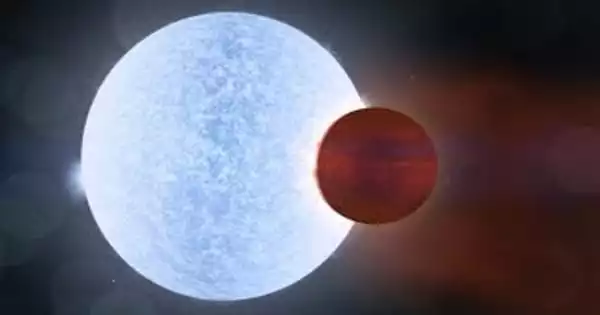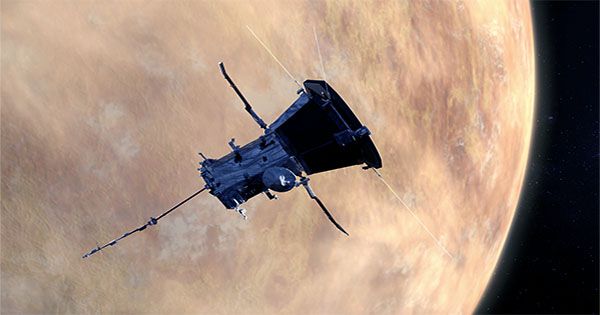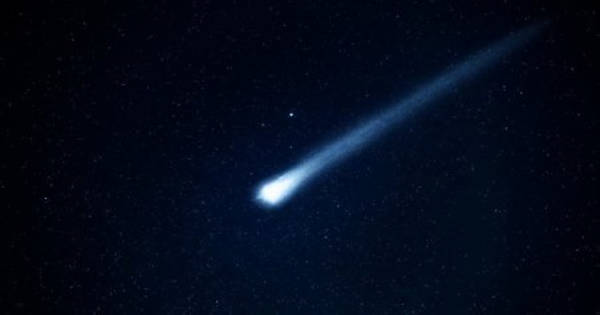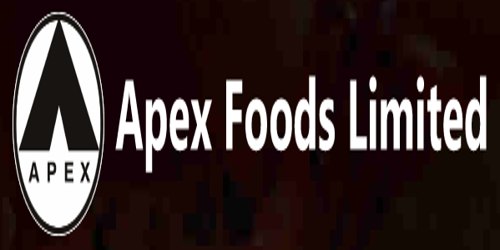NGC 7635 is a planetary nebula located in the constellation Cassiopeia. It is formed by the explosion of a dying star, which has expelled its outer layers into space, and the resulting glowing cloud of gas and dust is being shaped by the intense radiation from the central star. The nebula is around 11,000 light-years away from Earth, and its bubble-like structure, which is about 10 light-years in diameter, is created by the fast wind of hot gas from the central star, which pushes against the slower, denser gas surrounding it.
It is also known as the Bubble Nebula due to its distinctive round shape created by the strong stellar wind from a massive central star. The nebula is approximately 11,000 light-years away from Earth and spans about 10 light-years in diameter. It is one of the most popular targets for astronomers and astrophotographers due to its beauty and prominence in the night sky.
NGC 7635 is a Cassiopeia emission nebula with H II region. It is located close to the open cluster Messier 52. The “bubble” is created by the stellar wind of SAO 20575 (BD+60°2522), a massive hot, 8.7 magnitude young central star. The nebula is close to a giant molecular cloud, which contains the bubble nebula’s expansion while being excited by the hot central star, causing it to glow. William Herschel discovered it in 1787. The mass of the star BD+60°2522 is estimated to be around 44 M☉.
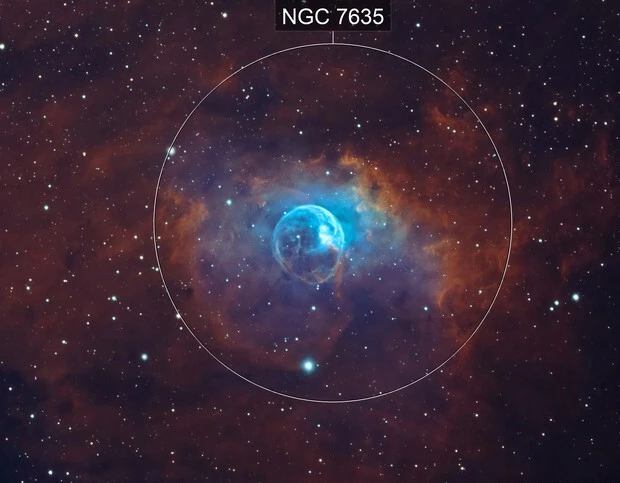
The nebula is visible as an extremely faint and large shell around the star with an 8 or 10-inch (250 mm) telescope. The nearby 7th-magnitude star on the west makes observation difficult, but the nebula can be seen with averted vision. Using a 16 to 18-inch (460 mm) scope, the faint nebula can be seen to be irregular and elongated in the north-south direction.
It is an emission nebula created by the intense ultraviolet radiation from a massive, hot, central star, which has blown a cavity in the surrounding hydrogen gas. The bright blue color is created by light emitted from excited hydrogen atoms. The nebula is about 10 light-years across and approximately 11,000 light-years from Earth.
William Herschel, a well-known British astronomer, discovered the Bubble Nebula in 1787. It is being formed by BD +60°2522, an O star that has lost most of its outer hydrogen and is now fusing helium into heavier elements. The star is about 4 million years old, and it will most likely explode as a supernova in 10 million to 20 million years.
